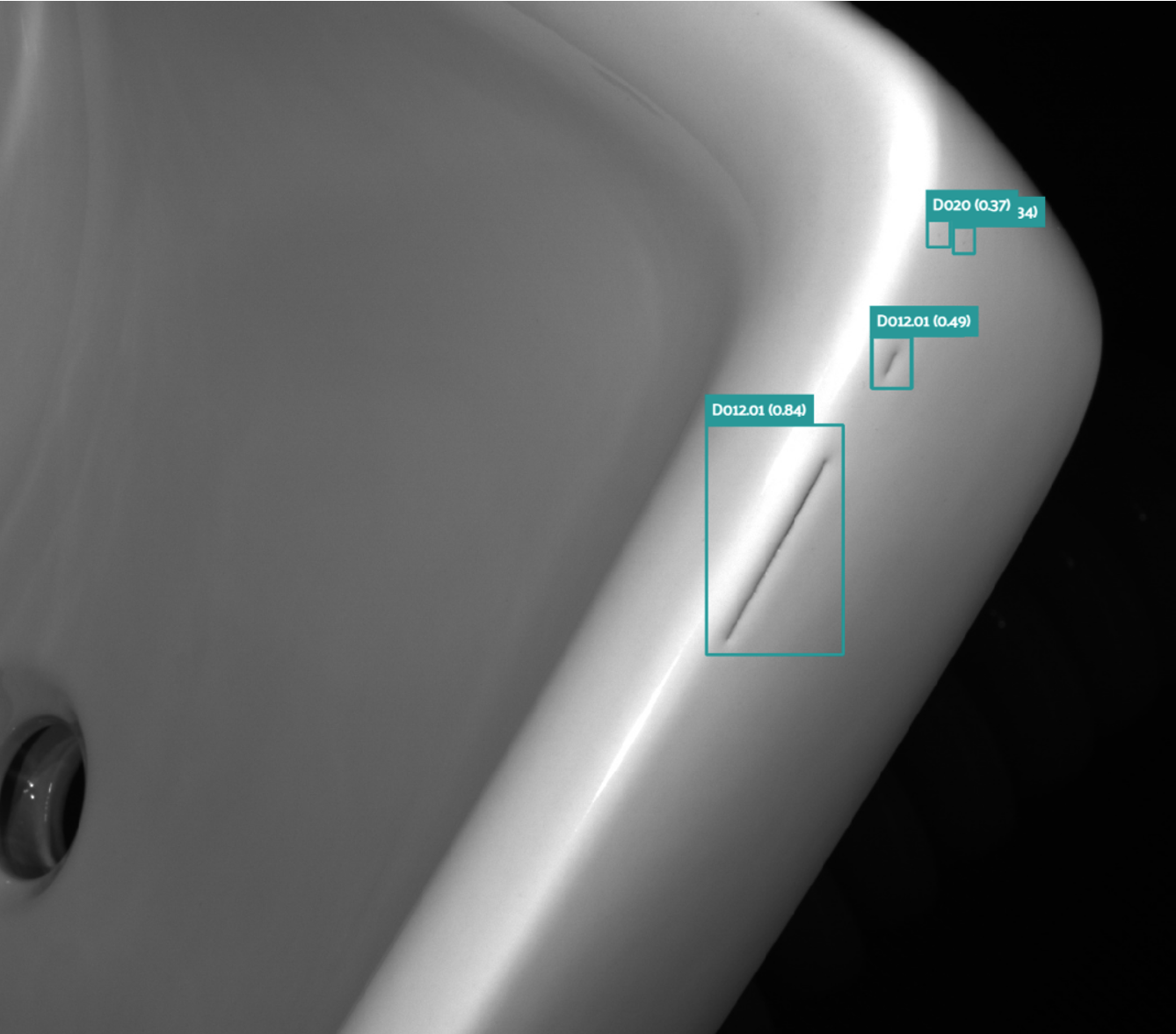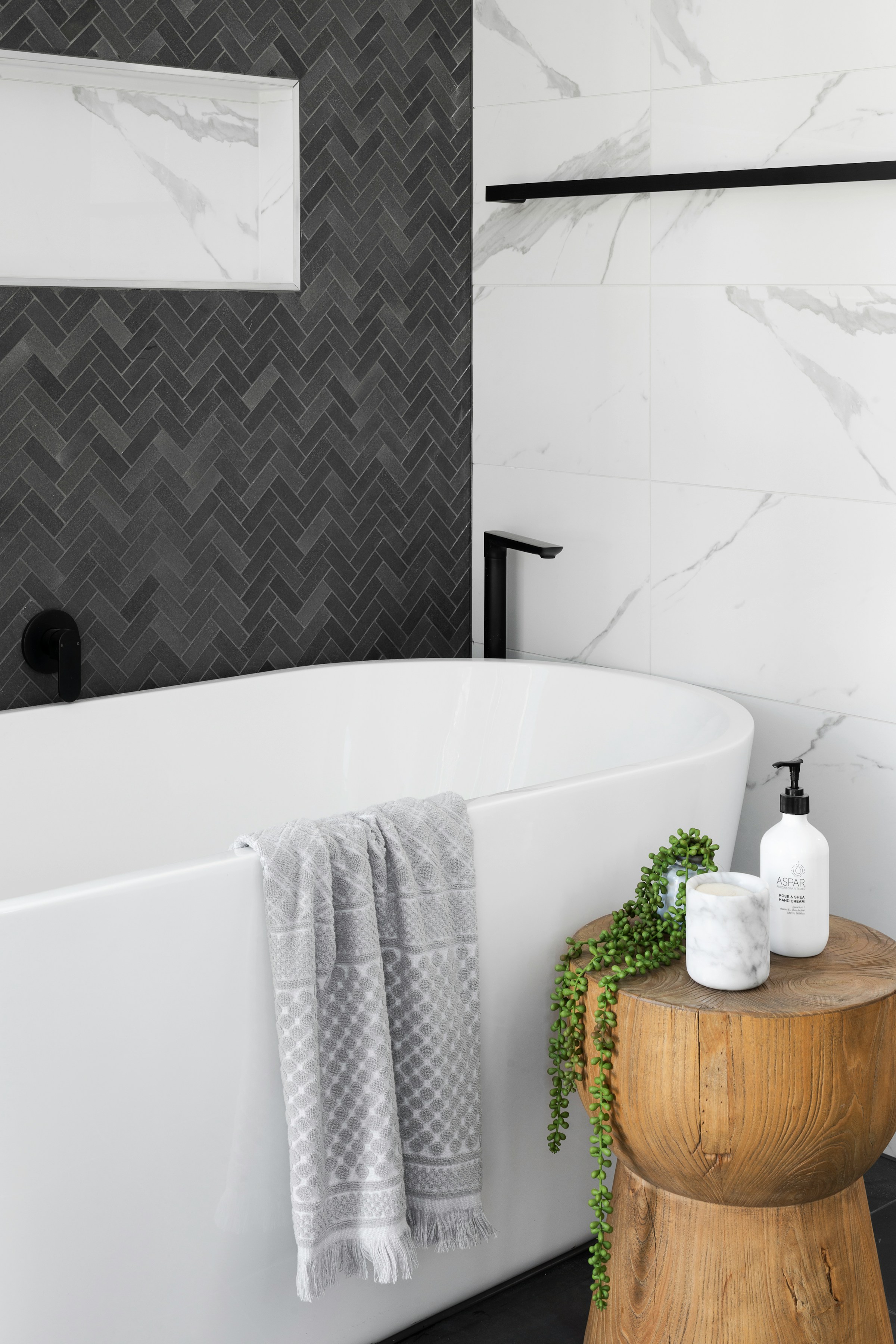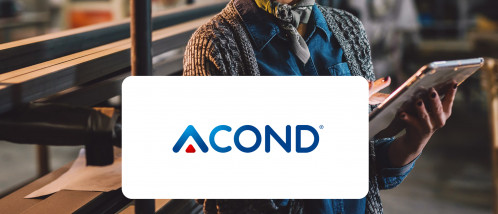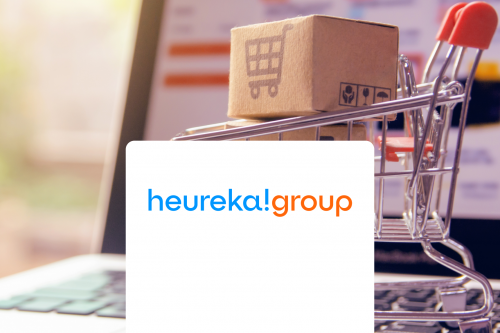
Better results in 2 days
The first PoC solution delivered in 2 days already had better results than the internal solution.
Accurate detection of the first 5 main types of defects
Currently adding detection of more types of defects.
Automating Quality Inspection
Expanding capabilities and deploying the solution to client's robotic system.
To drive innovation and replace a traditional, labor-intensive approach, we introduced an automated solution using the Quality Inspector software. Our solution integrates with a robotic arm equipped with advanced 2D and 3D sensors, becoming a part of the client's framework to detect surface defects with precision.

The Challenge
The primary challenge addressed in this project was the time-consuming manual inspection of whiteware products, such as wash basins and toilets, leading to delays and increased costs. Additionally, the internal team lacked the AI expertise necessary to develop a highly accurate solution for identifying defects in whiteware, and other software solutions were lacking necessary customization and precision.
The Solution
Firstly, prior to the project, we delivered a quick proof of concept (PoC) in just two days, demonstrating our expertise and the maturity of the Quality Inspector (QI) solution. The results already surpassed those of the existing solution.
Currently, we are further enhancing the existing production solution with the Quality Inspector software to fully automate the detection of surface defects in whiteware products, such as washbasins and toilets. We leverage data from a customized robotic arm equipped with 2D and 3D sensors, as well as special lighting.
We are adding the detection of additional types of defects and expanding the solution's capabilities for deployment onto the client's robotic system, fully automating the process while improving precision and efficiency.
The Results & Benefits
The outcome of the first phase was a customized solution for detecting five types of defects with good accuracy. During this phase, we also delivered a proposal for the final solution architecture, meeting the client's requirements. We improved the accuracy of defect detection, as well as other metrics, which will lead to decreasing the costs of quality control once deployed to production within the client's environment.
Our cooperation proved to be effective, and the project now continues with Phase 2. That involves improving the robustness of the solution with an expansion to cover more types of defects, while initiating the final deployment to the client's robotic system.

 Search
Search






